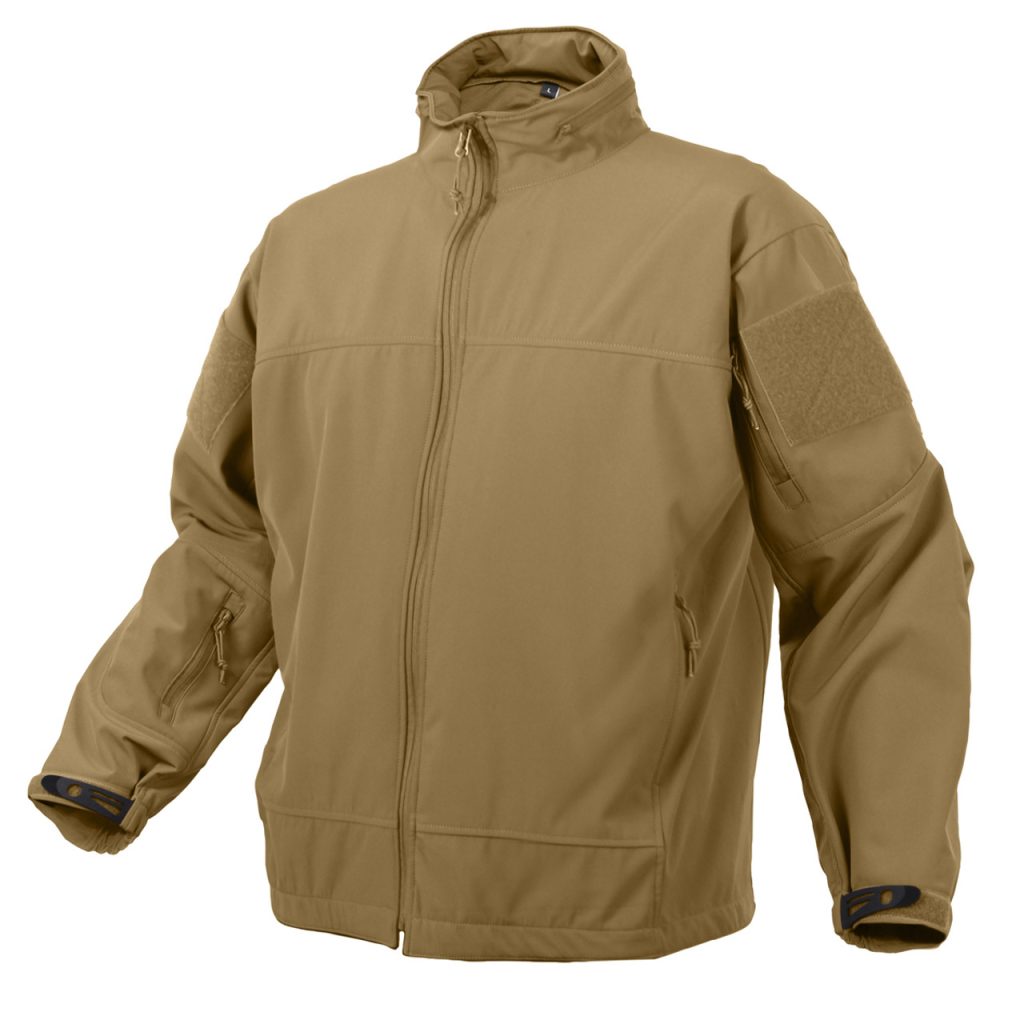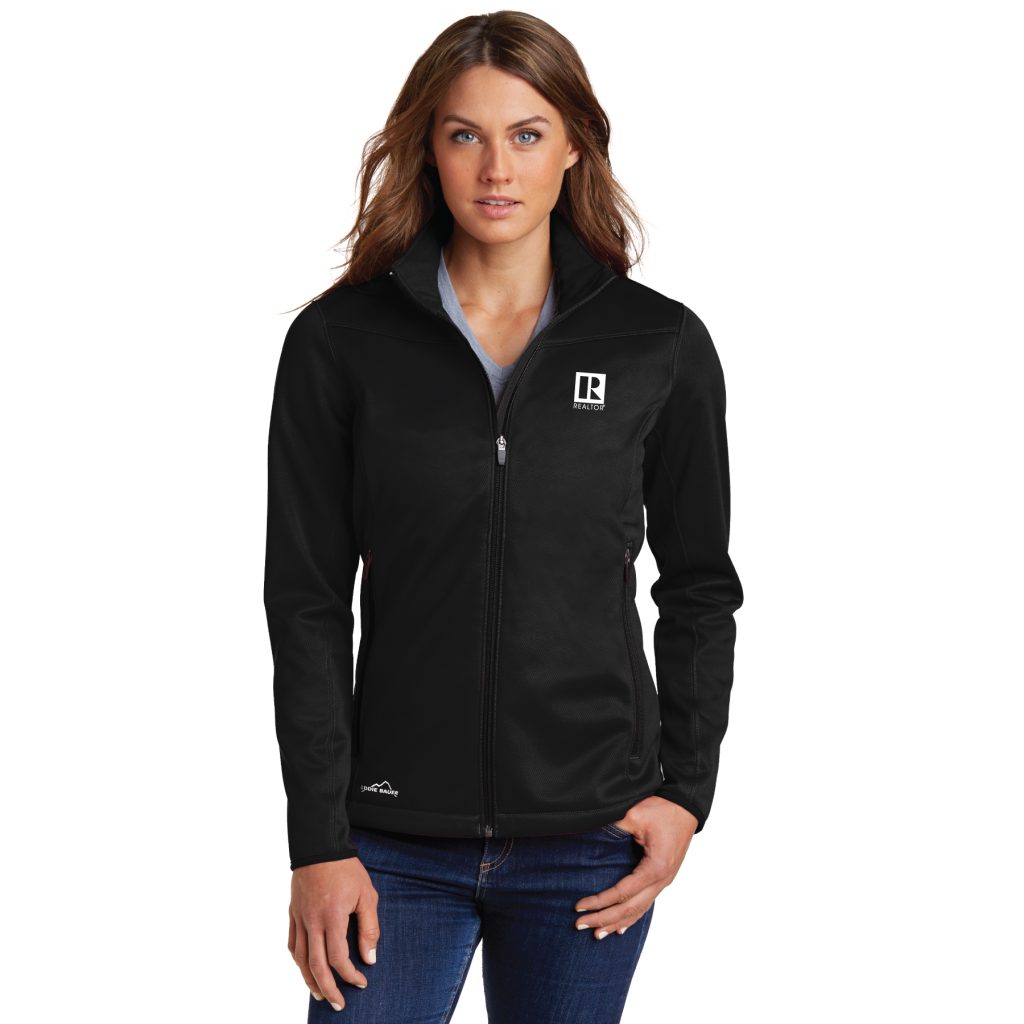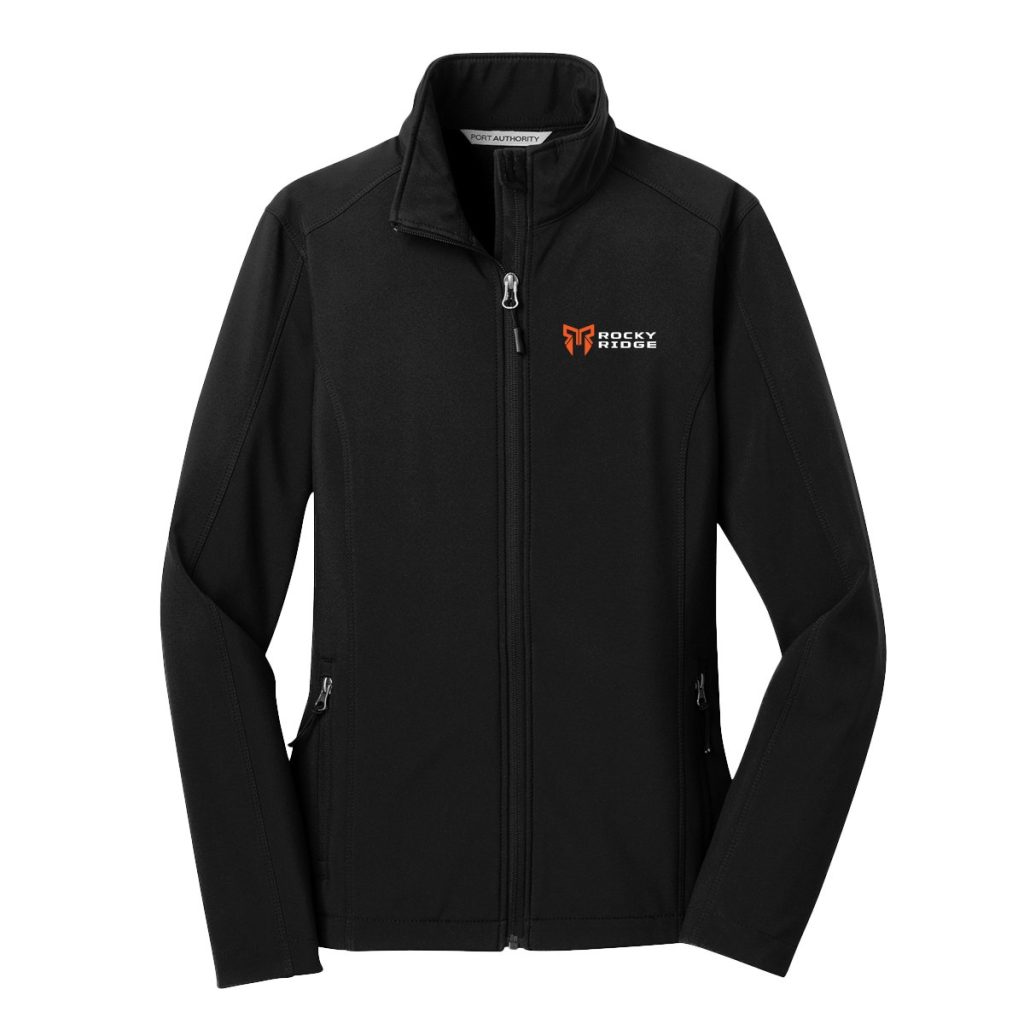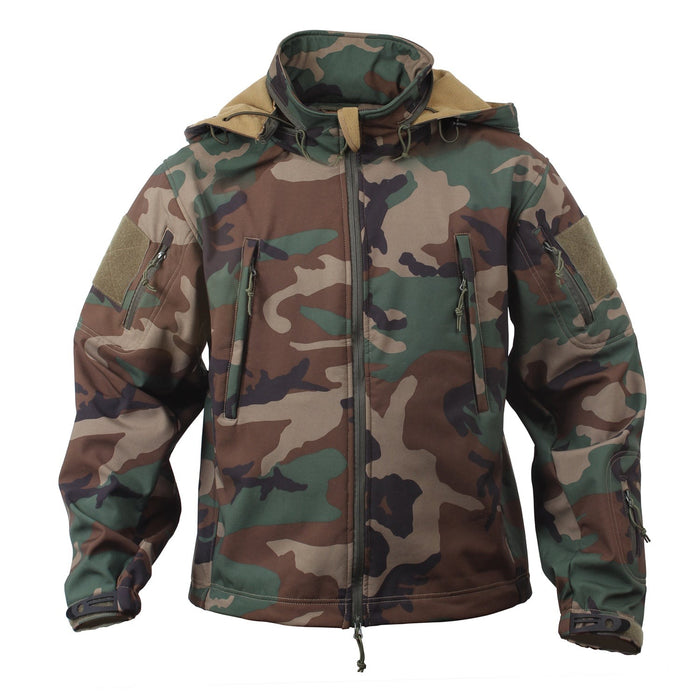Soft shell jackets are a versatile and essential piece of outdoor gear, perfect for a wide range of activities and weather conditions. Whether you’re hiking, skiing, or simply running errands around town, a good soft shell jacket can provide wind and water resistance while also offering breathability and comfort. With so many options on the market, choosing the right soft shell jacket can be overwhelming. This guide will help you navigate the many choices and find the perfect soft shell jacket for your needs.

Understanding the Basics
Before diving into the process of choosing a soft shell jacket, it’s important to understand what exactly constitutes a soft shell. Soft shell jackets are designed to be a middle ground between a fleece and a hard shell, providing a balance between warmth, breathability, and weather protection. They are typically made from a blend of stretchy synthetic materials and are often treated with a durable water repellent (DWR) finish to provide some water resistance. Soft shell jackets are not designed to be fully waterproof like hard shell jackets, but they can handle light rain and snow and perform well in windy conditions.
Consider Your Activities
The first step in choosing a soft shell jacket is to consider the activities you’ll be using it for. Are you primarily using it for high-intensity activities like hiking, climbing, or skiing? Or are you looking for a versatile everyday jacket for running errands and light outdoor activities? The answer to this question will help you determine the level of breathability, water resistance, and insulation you need in a soft shell jacket.
Breathability
One of the key benefits of a soft shell jacket is its breathability. Look for a jacket with good ventilation options, such as pit zips or mesh-lined pockets, to help regulate your body temperature during high-intensity activities. Pay attention to the fabric weight and construction of the jacket, as lighter weight and more breathable materials are better suited for active pursuits.
Water Resistance
While soft shell jackets are not fully waterproof, they should still provide some level of water resistance. Consider the climate and weather conditions you’ll be using the jacket in, and look for a jacket with a DWR finish to repel light rain and snow. Keep in mind that a heavily water-resistant jacket may sacrifice some breathability, so finding the right balance for your needs is important.
Insulation
The level of insulation you need in a soft shell jacket will depend on the activities and weather conditions you’ll be using it in. For high-intensity activities in cold weather, you may want a lightly insulated jacket to provide some warmth without overheating. In milder weather, a lightly insulated or unlined jacket may be sufficient to block wind and provide some additional warmth.

Fit and Comfort
A proper fit is essential for comfort and performance in a soft shell jacket. Look for a jacket with a full range of motion and plenty of stretch, particularly if you’ll be engaging in active pursuits. Pay attention to the length of the sleeves and torso, as well as the adjustability of the hem and cuffs to ensure a snug, comfortable fit. Consider trying on jackets with different layering combinations, such as a base layer and midlayer, to ensure a comfortable fit in various conditions.
Features
Consider the additional features that are important to you in a soft shell jacket. Are you looking for a hood for added protection in inclement weather? Do you need plenty of pockets for storage while hiking or skiing? Are adjustable cuffs and hems important for sealing out the cold and wind? Make a list of the features that are essential for your specific needs and look for jackets that meet those criteria.
Durability
Finally, consider the durability of the jacket, particularly if you’ll be using it for outdoor activities. Look for reinforced areas in high wear areas, such as the shoulders and elbows, and check the quality of the zippers, seams, and overall construction of the jacket. A durable soft shell jacket will provide years of reliable performance, making it a worthwhile investment for your outdoor adventures.
How to clean soft shell jackets
Soft shell jackets have become a popular choice for outdoor enthusiasts due to their versatility and performance in a variety of conditions. Whether you’re using your soft shell for hiking, climbing, or just everyday wear, it’s important to keep it clean and well-maintained to ensure its longevity and performance.
Understanding Soft Shell Jackets
Before we dive into the cleaning process, it’s important to understand what a soft shell jacket is and how it differs from other types of outerwear. Soft shells are typically made from a stretchy, water-resistant, and breathable fabric that provides weather protection while allowing for a wide range of motion. Unlike hard shell jackets, which are typically made from completely waterproof materials, soft shells are designed to be more flexible and comfortable, making them a popular choice for activities where freedom of movement is important.
Cleaning Your Soft Shell Jacket
Cleaning a soft shell jacket is a relatively simple process, but it’s important to use the right methods and products to avoid damaging the fabric or compromising its performance. Follow these steps to keep your soft shell looking and performing its best:

Read the care label:
Before you start cleaning your soft shell jacket. Take a few moments to read the care label for specific instructions from the manufacturer. Some soft shell jackets may have specific care requirements. Such as temperature limitations for washing and drying. Or recommendations for specific detergents or treatments.
Remove any debris:
Before washing your jacket, it’s a good idea to remove any dirt, mud. Or debris that may be stuck to the fabric. Use a soft brush or cloth to gently brush off any loose dirt before moving on to the washing process.
Choose a suitable detergent:
When it comes to cleaning your soft shell jacket. It’s important to use a mild detergent that is specifically designed for technical outerwear. Harsh detergents or fabric softeners can leave residues on the fabric. That can affect its water-repellent properties. So it’s best to stick with a detergent that is designed for outdoor gear.
Wash on a gentle cycle:
Once you’ve selected a suitable detergent. You can wash your soft shell jacket in a machine on a gentle cycle. Be sure to zip up any zippers and fasten any Velcro closures to prevent them from snagging on other items in the wash. It’s also a good idea to turn the jacket inside out to protect the outer fabric from excessive abrasion.
Maintaining Water-Repellent Finishes
In addition to regular cleaning. It’s important to maintain the water-repellent finish of your soft shell jacket to ensure its continued performance in wet conditions. Over time, the DWR (durable water repellent) finish applied to the fabric may wear off. Causing water to soak into the outer layer rather than beading up and rolling off. To maintain the water-repellent finish of your soft shell jacket, consider the following tips:
Use a DWR treatment:
If you notice that water is no longer beading up on the surface of your soft shell jacket. It may be time to reapply a DWR treatment. There are many products available that can be applied to the fabric to restore its water-repellent properties. So be sure to follow the manufacturer’s instructions for best results.
Tumble dry on low heat:
In some cases, you may be able to reactivate the DWR finish on your soft shell jacket by tumble drying it on a low heat setting. Be sure to check the care label for specific instructions. As excessive heat can damage the fabric.

Conclusion
Choosing the right soft shell jacket for your needs involves considering a wide range of factors. From the activities you’ll be using it for to the level of breathability, water resistance. And insulation you need. By taking the time to understand your specific needs and preferences. Trying on different jackets, and considering the features and durability of each option. You’ll be able to find the perfect soft shell jacket to keep you comfortable and protected in a variety of outdoor conditions. Whether you’re hitting the trails, braving the slopes. Or simply running errands around town. A good soft shell jacket will become an essential piece of gear in your outdoor wardrobe.



